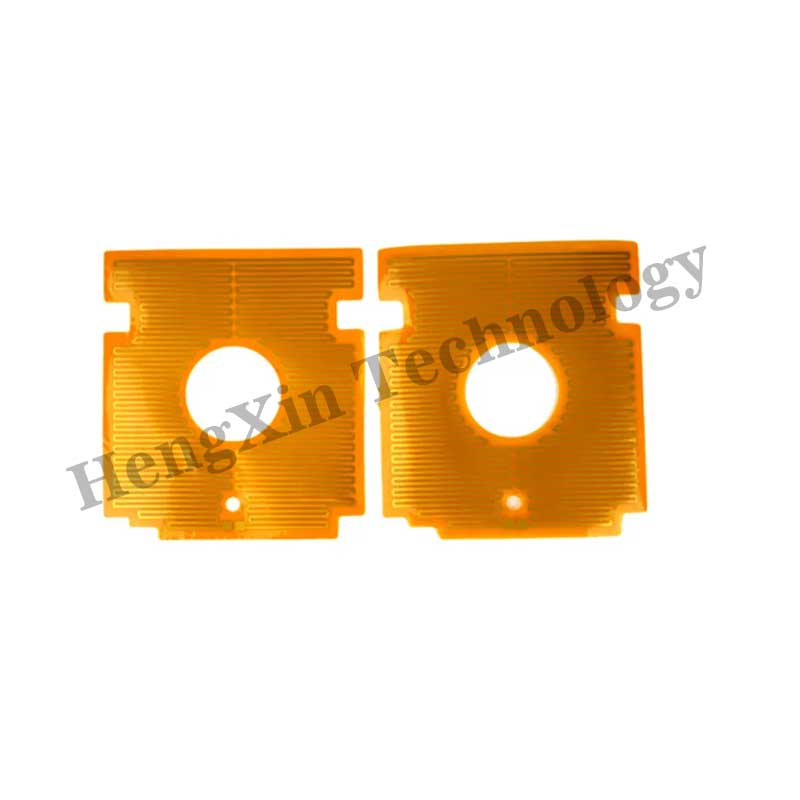What is Kapton Heater?
A Kapton heater is a type of flexible, thin-film heater that is constructed using a material known as Kapton. Kapton is a brand name for a polyimide film developed by DuPont. It is known for its excellent thermal stability, electrical insulation properties, and resistance to a wide range of chemicals. These characteristics make Kapton an ideal material for constructing heaters in various industrial and scientific applications.
Kapton heaters typically consist of a thin layer of Kapton film that is coated with a heating element, such as a resistive wire or a printed circuit. The heating element is used to generate heat when an electrical current is passed through it. Kapton’s high thermal stability allows these heaters to operate at relatively high temperatures without degrading or becoming damaged.
How does Kapton Heater work?
Kapton heaters work based on the principle of resistive heating. They are designed with a resistive heating element integrated into a thin Kapton film. Here’s how they work:
Resistive Heating Element: The core component of a Kapton heater is the resistive heating element. This element is usually made of a conductive material with high electrical resistance, such as nichrome (an alloy of nickel and chromium). This material is chosen for its ability to convert electrical energy into heat effectively.
Kapton Film: The resistive heating element is sandwiched or printed onto a thin, flexible Kapton film. Kapton is an excellent choice for this purpose because it is a high-temperature-resistant polyimide material that can withstand the heat generated during operation without degrading.
Electrical Current: When an electrical current is applied to the resistive heating element, it offers resistance to the flow of electrons. According to Joule’s law of heating, this resistance causes the resistive element to generate heat. The heat generated is proportional to the electrical current passing through the element and the square of the current’s magnitude.
Heat Distribution: The heat generated in the resistive element is then distributed throughout the Kapton film. Kapton is a good thermal insulator, so it retains and evenly distributes the heat across its surface. This uniform heat distribution is important for maintaining consistent temperatures in the application.
Temperature Control: The temperature of the Kapton heater can be controlled by adjusting the electrical current flowing through the resistive element. By increasing or decreasing the current, you can raise or lower the temperature of the heater, allowing precise temperature control in various applications.
What are the applications of Kapton Heater?
Kapton heaters find applications in a variety of industries and settings due to their flexibility, durability, and ability to provide precise and controlled heating. Some common applications of Kapton heaters include:
Aerospace and Aviation: Kapton heaters are used in aerospace applications, including spacecraft, satellites, and aircraft. They help maintain the temperature of critical components, instruments, and fuel systems in the extreme conditions of outer space and high-altitude flight.
Semiconductor Manufacturing: In the semiconductor industry, Kapton heaters are utilized for processes such as wafer processing and temperature control during the manufacturing of microchips and electronic components.
Medical Devices: They are employed in medical equipment like diagnostic devices, blood analyzers, incubators, and thermal therapy devices to control and maintain precise temperatures for sensitive biological samples and instruments.
Laboratory Equipment: Kapton heaters are used in laboratories for various purposes, including temperature control in test chambers, incubators, and research equipment.
Automotive: In the automotive industry, Kapton heaters can be found in applications such as automotive seat heaters, defrosting systems, and other temperature control systems.
Electronics: Kapton heaters are used to maintain the temperature of electronic enclosures, cabinets, and components. They are also employed in consumer electronics for applications like LCD display warming.
Food Processing: Kapton heaters are used in food processing equipment, such as food dehydrators and warming trays, to maintain specific temperatures during food preparation and processing.
Printers and Copiers: They are used in printing and copying machines to maintain consistent temperatures for components like fuser rollers and print heads.
Environmental Chambers: Kapton heaters are used in environmental chambers for testing and simulating various environmental conditions, including temperature and humidity.
Photography: Some photographers use Kapton heaters to prevent the condensation of moisture on camera lenses and equipment when transitioning between different temperature environments.
Research and Development: Kapton heaters are used in various research and development projects where precise and controlled heating is required, such as in material testing and prototyping.
Military and Defense: They find applications in military equipment, such as night vision devices and thermal imaging systems, where temperature stability is crucial.


